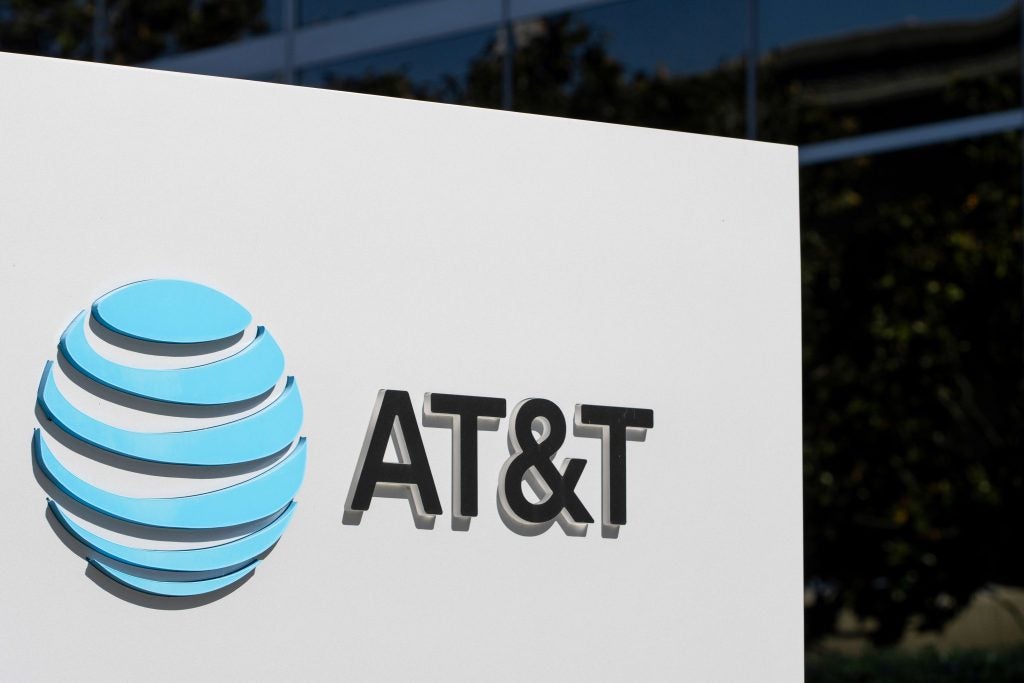T-Mobile USA’s two-year headstart in offering midband 5G continues to provide the company a clear advantage over its primary competitors Verizon and AT&T. This according to the most recent results announced by network testing firm Opensignal in March. However, the report also shows that in the growing list of markets where AT&T – and particularly Verizon – have begun to launch midband service in the C-band (3.45-3.55 GHz), that performance advantage is disappearing.
The introduction of midband spectrum represents a new phase of 5G in the US. Initial deployments by AT&T and Verizon have been in lower spectrum bands – primarily in the 700 MHz band. That band – originally used to offer antenna-based TV service – offers excellent propagation/coverage as well as the ability to effectively reach inside buildings. However, in this band, 5G offers only limited benefits compared to 4G/LTE technologies.
Overall, T-Mobile’s broad midband footprint – the company has had midband 5G deployed for two years now – allows it to claim a significant performance advantage over Verizon and AT&T. This includes average download speed approaching 170 Mbps compared to < 80 Mbps for Verizon and closer to 50 Mbps for AT&T. However, Opensignal recorded a significant jump in average speed for Verizon since the operator began deploying 5G in midband spectrum in January.
With both Verizon and AT&T planning aggressive midband launches in 2021, Opensignal’s testing shows signs of hope for both. Opensignal reported that T-Mobile’s midband 5G averaged 226 Mbps download speeds. This compared with 212 Mbps for Verizon and 160 Mbps for AT&T (albeit in very early stages of its midband deployment).
Competitors are hunting down T-Mobile
Opensignal points out that there are still differences between the operators within the midband spectrum ranges. For example, AT&T and Verizon started with access to a maximum of 40 MHz and 60 MHz of C-band spectrum, respectively, available for their initial midband 5G rollouts. By contrast T-Mobile has gradually increased its midband spectrum to 60-80 MHz in many markets as of September 2021 and was aiming to have as much as 100 MHz of midband spectrum available on many sites by the end of 2021.
Still, the results are a clear signal that Verizon and AT&T should post significant “catch-up” to T-Mobile throughout 2022 and 2023 as their C-band deployments proliferate. Verizon covered 90 million people in 1,700 cities with C-band in January and plans to launch “Phase 2” of its C-band rollout later in 2022. AT&T’s C-band deployment plans lag Verizon’s somewhat. However, the company plans to close the gap significantly. The company’s deployment will accelerate in H2 2022 and into next year. AT&T plans to have 5G deployed in 120 MHz of C-band spectrum to 200 million people by the end of 2023.
How well do you really know your competitors?
Access the most comprehensive Company Profiles on the market, powered by GlobalData. Save hours of research. Gain competitive edge.

Thank you!
Your download email will arrive shortly
Not ready to buy yet? Download a free sample
We are confident about the unique quality of our Company Profiles. However, we want you to make the most beneficial decision for your business, so we offer a free sample that you can download by submitting the below form
By GlobalData





